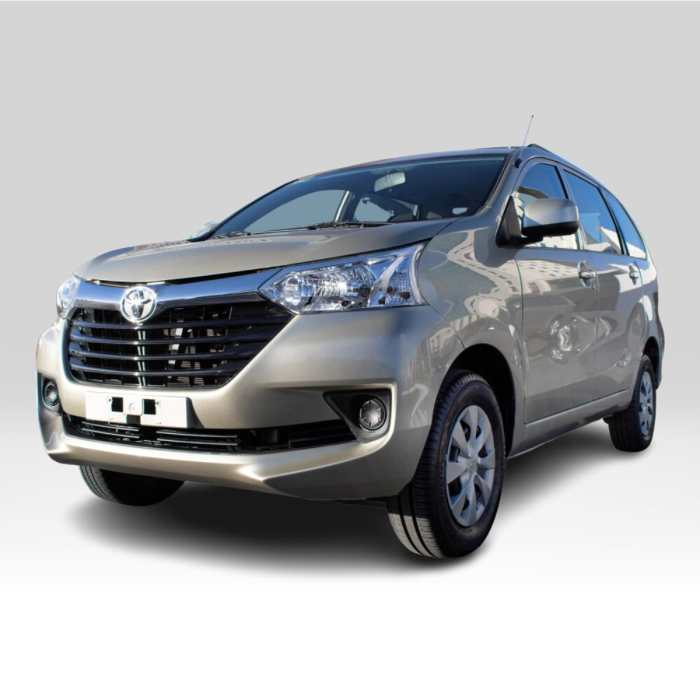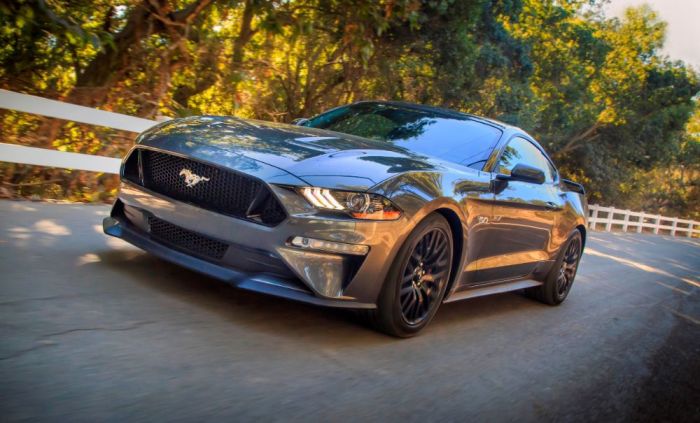2018 New Car Price List A Comprehensive Guide
2018 New Car Prices: A Comprehensive Overview: 2018 New Car Price List

Source: com.au
2018 new car price list – The year 2018 presented a diverse landscape in the new car market, with prices fluctuating based on various factors. This analysis delves into the average prices of new vehicles in 2018, exploring the influence of vehicle category, features, regional variations, and manufacturer strategies. We will examine how these factors interacted to shape the overall cost of purchasing a new car that year.
Average 2018 New Car Prices by Category
The average price of a new car in 2018 varied significantly depending on the vehicle category. Sedans generally offered more affordable options compared to SUVs and trucks, while minivans occupied a middle ground. Manufacturer pricing strategies further influenced these averages. Below is a table illustrating average prices, acknowledging that these are broad averages and actual prices varied considerably based on trim level, options, and location.
| Category | Average Price (USD) | Manufacturer Breakdown (Examples) | Price Variation Factors |
|---|---|---|---|
| Sedans | $25,000 | Honda Civic: $22,000; Toyota Camry: $26,000; Ford Fusion: $24,000 | Engine size, features, brand reputation |
| SUVs | $32,000 | Honda CR-V: $28,000; Toyota RAV4: $29,000; Ford Escape: $27,000 | Size, fuel efficiency, all-wheel drive availability |
| Trucks | $40,000 | Ford F-150: $42,000; Ram 1500: $41,000; Chevrolet Silverado: $39,000 | Engine power, towing capacity, bed size |
| Minivans | $30,000 | Honda Odyssey: $31,000; Chrysler Pacifica: $30,000; Toyota Sienna: $32,000 | Passenger capacity, features, fuel economy |
Impact of Features on 2018 Car Prices
Specific features significantly impacted the final price of a 2018 vehicle. Engine size, fuel efficiency ratings, advanced safety technologies, and sophisticated infotainment systems all contributed to price variations. A higher-end engine typically commanded a higher price, while fuel-efficient models sometimes carried a premium. Safety features, such as advanced driver-assistance systems (ADAS), and luxurious infotainment packages added considerable cost.
- A base model sedan with a smaller engine and fewer features might cost $20,000, while a fully loaded version with a larger engine, advanced safety systems, and premium sound system could reach $30,000.
- Similarly, a basic SUV might start around $25,000, while a top-of-the-line model with all-wheel drive, leather interiors, and a panoramic sunroof could easily exceed $40,000.
- The addition of features like adaptive cruise control, lane departure warning, and automatic emergency braking could increase the price by several thousand dollars.
For example, consider a hypothetical scenario: A customer choosing a 2018 Honda Civic. The base model might cost $20,000. Adding a premium sound system adds $1,000, a navigation system adds another $1,500, and a safety package with advanced driver-assistance features adds $2,500, bringing the total to $25,000.
Regional Price Differences for 2018 Cars

Source: com.mx
Significant regional variations existed in 2018 new car prices across the United States. These differences stemmed from factors such as state-specific taxes, local demand, and supply chain dynamics. Areas with higher population density and greater demand often saw higher prices, while areas with lower demand or a surplus of inventory might experience lower prices.
| Region | Average Price (USD) | Contributing Factors | Example |
|---|---|---|---|
| Northeast | $28,000 | High demand, higher taxes | New York, Massachusetts |
| Southeast | $26,000 | Lower demand, lower taxes | Georgia, South Carolina |
| Midwest | $27,000 | Moderate demand, moderate taxes | Illinois, Michigan |
| West Coast | $29,000 | High demand, higher taxes | California, Washington |
A textual representation of a map illustrating these regional price differences would show the Northeast and West Coast regions in a darker shade of blue (representing higher prices), the Southeast in a lighter shade of blue (representing lower prices), and the Midwest in a medium shade of blue (representing moderate prices). A legend would clearly define the color-coding and price ranges.
Understanding the 2018 new car price list requires considering previous year’s models; a good comparison point is the pricing of smaller vehicles. For instance, reviewing the pricing trends from a year prior can be helpful, such as checking out the 2017 smart car price new data. This provides context when analyzing the fluctuations in the 2018 new car price list for various makes and models.
Comparison of 2018 Car Prices to Previous and Subsequent Years, 2018 new car price list
Comparing 2018 car prices to those of 2017 and 2019 reveals interesting trends. General economic conditions and market fluctuations played a crucial role in these price shifts.
- 2017: Average new car prices were slightly lower than in 2018, reflecting a slower market.
- 2018: Prices saw a moderate increase compared to 2017, driven by increased demand and potential material cost increases.
- 2019: Prices continued a slight upward trend, though the rate of increase may have varied by vehicle segment.
The observed trends reflected a combination of factors, including economic growth, changes in consumer preferences, and the availability of new models and technologies.
Influence of Manufacturer on 2018 Car Pricing

Source: themustangsource.com
Different manufacturers employed distinct pricing strategies in 2018. Factors like brand reputation, perceived value, and target market influenced pricing decisions. Luxury brands commanded higher prices due to their established prestige and superior features. Conversely, budget-friendly brands aimed for affordability and value, attracting price-conscious buyers.
For example, Toyota and Honda generally positioned themselves in the mid-range market, offering reliable and fuel-efficient vehicles at competitive prices. Meanwhile, luxury brands like BMW and Mercedes-Benz commanded significantly higher prices due to their reputation for performance, luxury, and technological advancements. This demonstrates how brand perception significantly influences pricing strategies and consumer choices.
Top FAQs
What were the most popular car models in 2018?
Popularity varied by segment. However, models like the Honda CRV, Toyota Camry, and Ford F-150 consistently ranked highly in their respective categories.
How did interest rates affect 2018 car financing?
Interest rates in 2018 influenced monthly payments. Lower rates made financing more affordable, while higher rates increased the overall cost of ownership.
Were there any significant recalls affecting 2018 car models?
Specific recalls varied by manufacturer and model. It’s recommended to consult the National Highway Traffic Safety Administration (NHTSA) database for detailed information on any recalls for particular 2018 vehicles.
How did the used car market affect 2018 new car prices?
A strong used car market could potentially influence new car prices, either by increasing demand for new vehicles or impacting trade-in values.





















